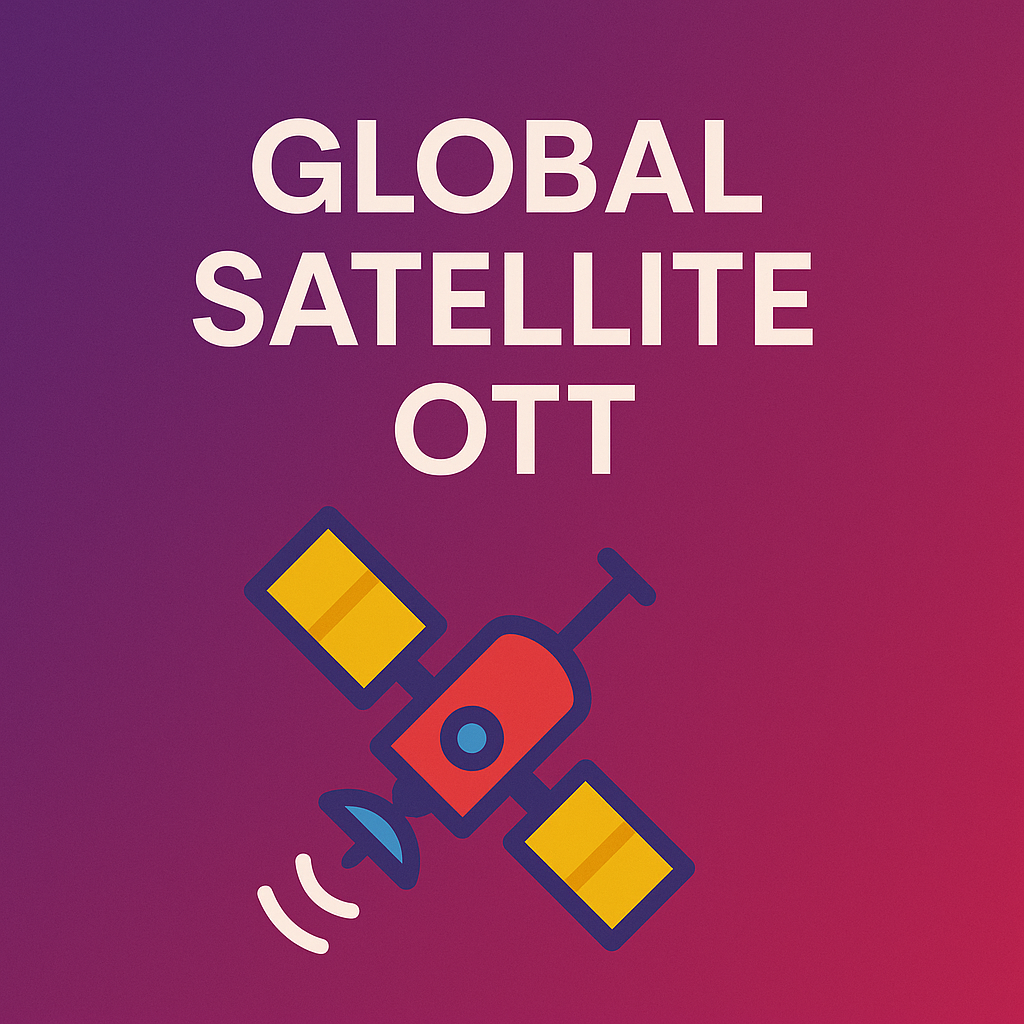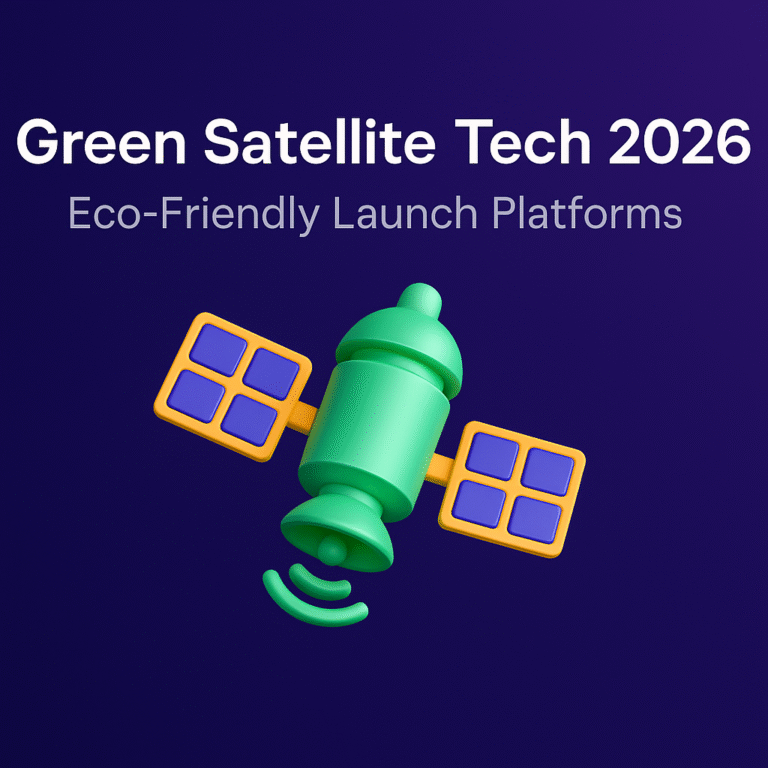Global Satellite OTT 2026: Borderless Content Delivery

Global Satellite OTT 2026: Borderless Content Delivery
Estimated reading time: 8 minutes
The rise of Global Satellite OTT in 2026 is transforming how video content travels across the world. By merging satellite coverage with cloud-based streaming, broadcasters are delivering truly borderless entertainment — accessible anywhere, anytime, on any screen.
Unlike traditional internet-based OTT platforms that rely on ground networks, satellite OTT leverages global beam coverage to distribute content directly from orbit, bypassing geographic and infrastructural limits.
🌍 The Evolution of Borderless Broadcasting
Until recently, streaming platforms were limited by internet speed, licensing zones, and regional content restrictions. But satellite-integrated OTT systems are rewriting the rules by transmitting data through wide-beam transponders combined with edge cloud servers.
This new hybrid model allows simultaneous delivery of live sports, global news, and on-demand content to audiences spanning continents — with zero dependence on terrestrial broadband.
⚙️ How Satellite OTT Works
Satellite OTT platforms use orbit-based links to broadcast data to local edge nodes distributed across major regions. These nodes cache the content temporarily and deliver it to end users with minimum latency. The result is a globally synchronized streaming experience that maintains quality even during peak hours.
AI-powered algorithms dynamically manage bandwidth allocation, balancing demand between continents and optimizing compression in real time.
📡 Benefits for Broadcasters and Viewers
- Universal Access: Viewers in any country can stream without geo-blocking barriers.
- Consistent Quality: 4K and 8K streams remain stable even during high-traffic events.
- Low Latency: Real-time communication enables live chat and interactive experiences.
- Global Reach: Broadcasters expand markets without regional infrastructure costs.
These advancements make Global Satellite OTT the ultimate step toward a truly interconnected entertainment ecosystem.
💡 AI’s Role in OTT Optimization
Artificial intelligence drives every element of satellite OTT. From smart caching and predictive streaming to dynamic subtitle localization, AI ensures each region receives optimized performance and personalized content recommendations.
Machine learning models even detect real-time congestion in specific orbital beams and reroute data instantly — keeping streams stable, regardless of audience spikes or weather interference.
🟨 Reality Check
While satellite OTT offers unmatched reach, it still faces challenges such as cross-border licensing, bandwidth regulation, and service pricing. Many regions lack unified legal frameworks for intercontinental streaming rights, making content management complex.
However, as international media agreements evolve and more broadcasters adopt standardized encryption and AI-driven translation, these challenges are quickly diminishing.
🚀 The Future of Borderless Streaming
By 2027, satellite OTT is projected to dominate the global live broadcast market, merging terrestrial and orbital networks into one seamless delivery system. Viewers will no longer ask “Is it available in my country?” — every show will be globally accessible.
This model sets the stage for a future where entertainment transcends geography, powered by AI, satellites, and the cloud.
🟥 Final Verdict
Global Satellite OTT 2026 represents the true globalization of digital entertainment. With orbital infrastructure, AI optimization, and adaptive delivery, it’s breaking barriers once thought permanent.
The world is now one audience — connected by the satellites above us.






